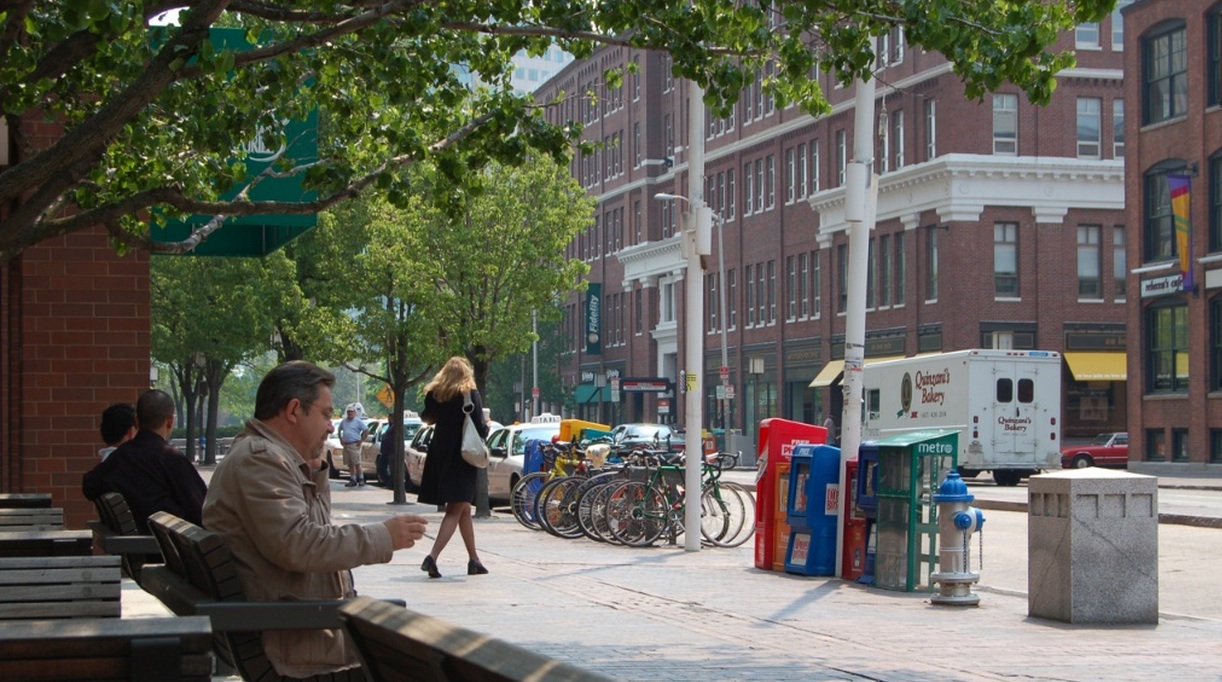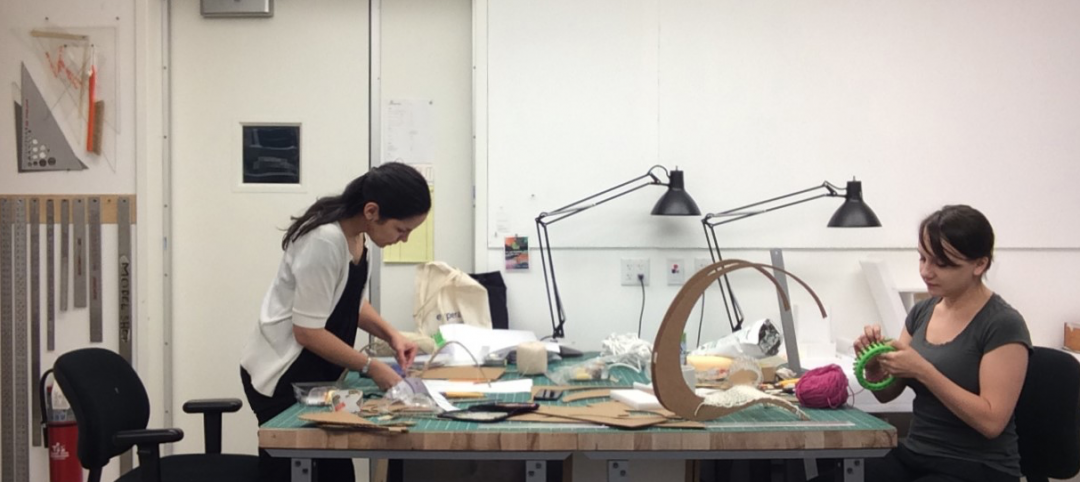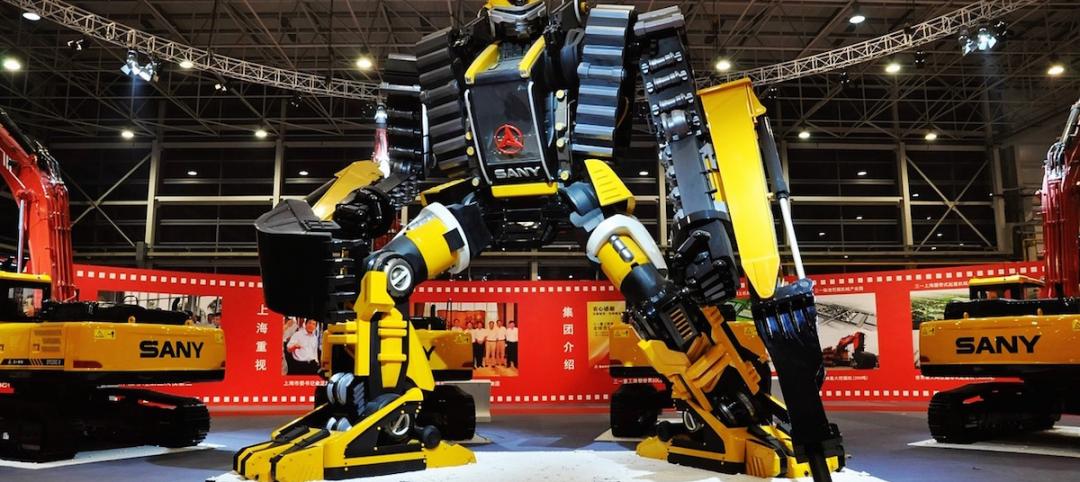It’s been more than four decades since Electronic News publisher Don Hoefler first coined (in print, anyway) the term “Silicon Valley” to signify the economic growth that was occurring in the then-nascent South Bay tech sector. With his 1971 report, “Silicon Valley USA,” Hoefler almost single-handedly put the area on the national scene.
Anchored by Stanford University and several well-known startups, including HP and later Intel, the Santa Clara Valley became a magnet for venture capitalist money, which, in turn, spawned a perpetual economy of tech startups and spinoffs that thrives to this day. More than a third of all VC money in the U.S. is funneled into Silicon Valley.
Cities and counties across the country have attempted to recreate this recipe by nurturing clusters of tech-focused companies, startups, institutions, and business incubators—all in an effort to stimulate job growth and create more sustainable economies. There’s the Research Triangle in North Carolina, Automation Alley in Detroit, Silicon Forest in Portland, Ore., and Tech Valley in Upstate New York—to name a few of the dozens of formal tech centers dotting the country.
Today, more than ever, these tech districts are the key to economic growth for metro markets, says Bruce Katz, VP and Director of the Metropolitan Policy Program at the Brookings Institution. In a new Brookings report, "The Rise of Innovation Districts: A New Geography of Innovation in America," Katz calls tech hubs the superchargers of innovation economies and creators of highly coveted tech jobs.
“That’s critical because tech jobs have a particularly strong multiplier effect,” said Katz, citing an eye-opening statistic from economist and author Enrico Moretti: For each new high-tech job in a metro area, five additional local jobs are created outside of high tech in the long run.
“At a time when our country and many of our cities still have an enormous jobs deficit, these places supercharge the innovation economy,” said Katz.
The report covers an emerging urban counterpart to the mostly suburban tech centers that exist today. The Innovation Hub is a much more compact cluster of anchor research institutions and tech companies, paired with small firms, startups, business incubators, and accelerators, and located near transit, housing, retail, and offices.
Among those at the forefront of the budding Innovation Hub boom are Kendall Square in Cambridge, Mass., University City in Philadelphia, the Cortex Innovation Community in St. Louis, South Lake Union in Seattle, and the Boston Innovation District. Dozens of other cities are planning similar urban tech districts, including Atlanta, Baltimore, Buffalo, N.Y., Chicago, Cleveland, Houston, Pittsburgh, Providence, R.I., and San Diego.
The model has been hugely successful for many of these cities, according to the report. In just four years, the Boston Innovation District has transformed the city’s once-isolated Seaport District into a tech hotspot, with more than 200 companies flocking to the area, adding some 6,000 jobs. In St. Louis, the Cortex consortium has led to the development of 1.5 million sf of offices, housing, infrastructure, and retail during the past decade, creating 2,850 jobs to date. Detroit’s Midtown innovation district comprises just 3% of the city’s land area, yet has 55% of the city’s jobs.
For AEC firms that are heavy into TOD and urban redevelopment work, expect to see an influx of tech-focused work in the coming decade, especially in distressed and gentrifying neighborhoods.
More from Author
David Barista | Aug 15, 2019
3 ‘Giant’ AEC market trends for 2019-2020
We’re starting to see a shift toward custom research, thanks in part to the influx of data, data tools, and analytics expertise in the AEC market.
David Barista | Jul 31, 2019
Amenities war no more? Research report explores multifamily market
Multifamily developers show no signs of pulling back on specialty spaces and unique offerings in an effort to attract high-quality tenants, according to new research from Multifamily Design+Construction.
David Barista | Dec 30, 2016
An open letter to the AEC C-suite
Women AEC professionals need you to take action.
David Barista | Sep 6, 2016
Innovation intervention: How AEC firms are driving growth through R&D programs
AEC firms are taking a page from the tech industry, by infusing a deep commitment to innovation and disruption into their cultural DNA.
David Barista | Jun 27, 2016
If ‘only the paranoid survive,’ what does it take to thrive?
“Sooner or later, something fundamental in your business world will change.” The late Andrew Grove (1936-2016), Co-founder of tech giant Intel Corp., lived by these words.
David Barista | May 31, 2016
As commercial buildings get ‘smarter,’ concerns rise over cybercrime
As buildings become increasingly connected, opportunistic hackers have countless avenues into a building’s network.
David Barista | May 9, 2016
Is the nation’s grand tech boom really an innovation funk?
Despite popular belief, the country is not in a great age of technological and digital innovation, at least when compared to the last great innovation era (1870-1970).
David Barista | Mar 31, 2016
Deep Learning + AI: How machines are becoming master problem solvers
Besides revolutionary changes to the world’s workforce, artificial intelligence could have a profound impact on the built environment and the AEC industry.
David Barista | Feb 24, 2016
Is the booming freelance economy a threat to AEC firms?
By shifting the work (and revenue) to freelancers, “platform capitalism” startups have taken considerable market share from traditional businesses.
David Barista | Jan 26, 2016
How the Fourth Industrial Revolution will alter the globe’s workforce
The next great technological metamorphosis will be unlike anything humankind has experienced before, due to the sheer size, speed, and scope of disruption.
















